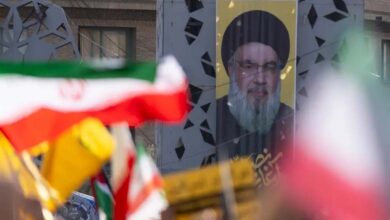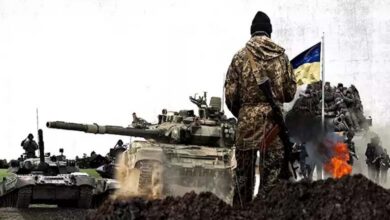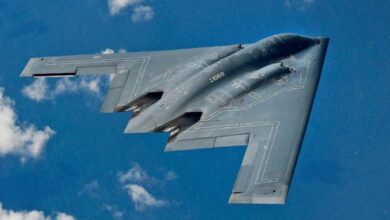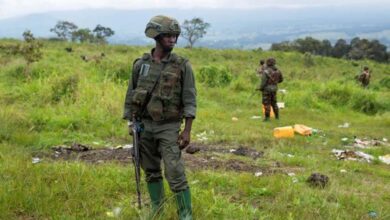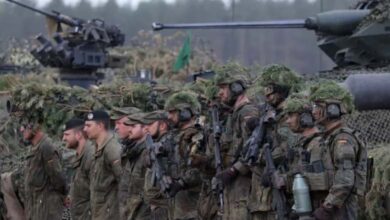Gripen Fighter Jets Steal the Spotlight in the Thailand–Cambodia War
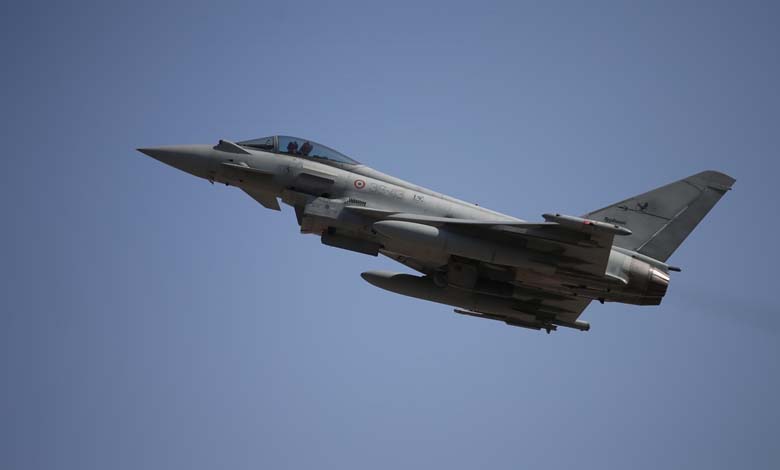
Gripen fighter jets delivered a standout performance during the recent conflict between Thailand and Cambodia, drawing the attention of potential foreign buyers on the global arms market.
-
The Most Bombed Country in History Might Surprise You
-
HQ-19: An Advanced Chinese Shield Enters Pakistan’s Defense Calculus
The brief but intense war showcased Thailand’s military superiority — a major non-NATO ally of the United States and a leading purchaser of advanced Western weaponry — over Cambodia, whose arsenal comes primarily from China, according to The National Interest.
The article highlighted the Saab JAS-39 Gripen, a Swedish-developed multirole fighter, which played a decisive role in giving the Royal Thai Armed Forces the upper hand. The aircraft demonstrated its effectiveness in a limited, asymmetric border conflict.
-
Chinese J-10C vs. Russian MiG-29M: Which Fighter Jet Is Best for Egypt?
-
Beijing Strengthens Defense Capabilities with the “HQ-19”: A Missile Shield Protecting Chinese Airspace
Although the territorial dispute between the two nations is longstanding, the latest escalation began when Cambodia fired rockets and artillery shells into Thai territory. Thailand, with its more modern forces, responded by leveraging its air superiority to target command centers, artillery positions, and troop concentrations.
The Royal Thai Air Force operates a mixed fleet of U.S.-made F-16 Fighting Falcons and Gripens. This conflict marked the Gripen’s first kinetic combat mission in nearly three decades, shifting its image from a peacetime reconnaissance aircraft to a proven combat platform.
-
The “Double-Tailed Scorpion”: An Impressive Chinese Military March
-
American concerns about the establishment of a Chinese Military Base in Oman
While Thailand does not operate Dassault Rafales — making direct comparison difficult — the Gripen’s strong performance contrasted sharply with the underwhelming results of Indian Rafales during last May’s brief conflict with Pakistan, in which some high-end Western systems underperformed against Chinese-made weapons used by the Pakistanis.
Following initial airstrikes by Thai F-16s on July 24, two Gripens flew alongside two additional F-16s to strike Cambodian artillery responsible for shelling the border. The mission involved precision-guided munitions, including 500-pound GBU-12 Paveway II laser-guided bombs, enabling accurate long-range strikes while minimizing exposure to ground-based threats.
-
Spectacular Progress: How Did China Build Its Air Power on Its Own?
-
Su-57 and Zircon: A Game-Changing Equation in Russia’s Strategic Deterrence
Equipped with French ATLIS-2 optical/laser targeting pods and possibly Korean-made GPS-guided KGB GP bombs, the Gripens displayed enhanced accuracy, successfully hitting targets while avoiding Cambodia’s limited air defenses, such as Chinese KS-1C medium-range surface-to-air missiles.
Support from Swedish Erieye airborne early warning and control systems, also operated by the Thai Air Force, proved instrumental in mitigating threats and coordinating missions.
-
The White House Guardian: U.S. Approves Sale of Advanced Air Defense Systems to Egypt
-
Firestorm: Rafale Tames Enemies and Reassures the Doubters
The Gripen’s straightforward, efficient design worked to its advantage: a smaller radar cross-section than the F-16, lower operating costs than other Western fighters, and the ability to operate from shorter runways — ideal for Thailand’s mountainous and forested terrain.
Although the aircraft was not fully tested in its new combat role due to the conflict’s short duration, its offensive reliability was evident. Following the ceasefire, Thailand’s cabinet approved the purchase of four additional Gripens for around USD 600 million, as part of a larger plan to expand the fleet to twelve aircraft and upgrade it with long-range Meteor missiles and additional Saab 340 AEW&C surveillance planes.



